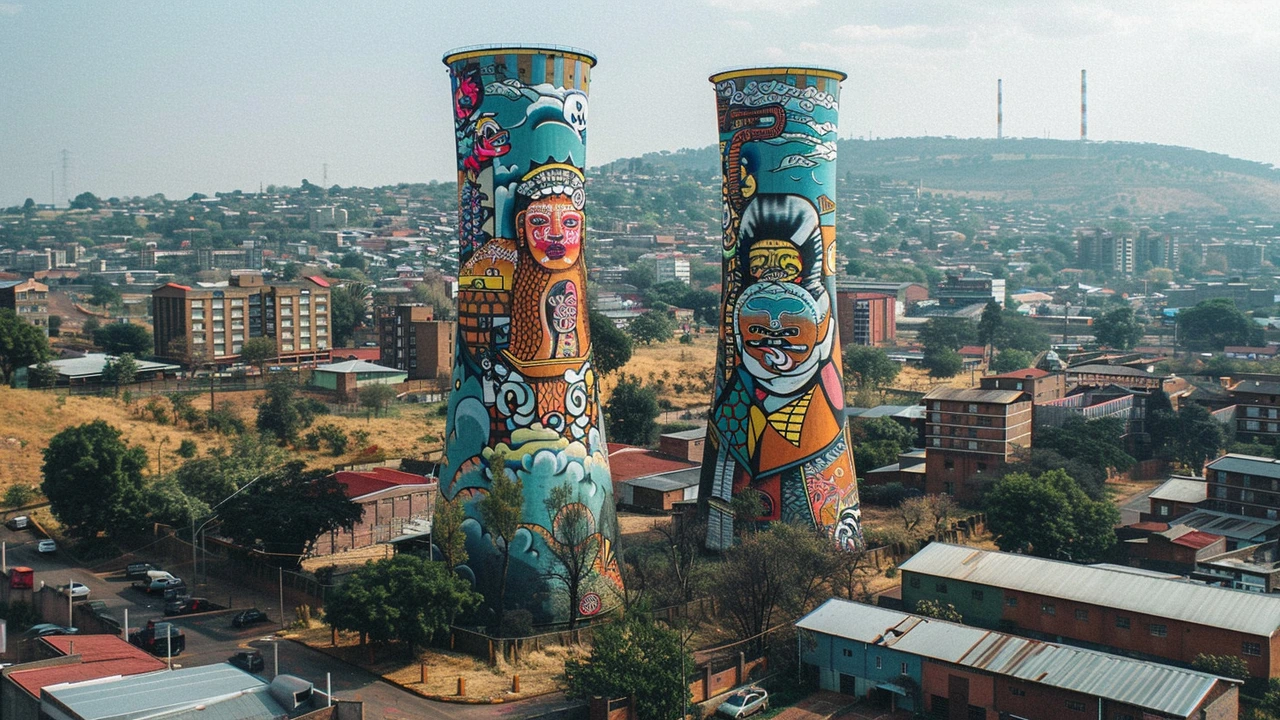Ever wondered how electricity gets from power plants right into your home? That’s the job of the electricity grid—a massive network connecting power generation sites to homes and businesses. Think of it as a highway system but for electricity, carrying energy over long distances with high-voltage lines and then stepping it down to safe levels for everyday use.
This network isn't just wires and poles. It involves complex technology and control centers that balance supply and demand constantly to avoid blackouts. The grid must handle everything from sudden power surges to outages caused by storms, making it a critical component of modern life.
The grid’s role is huge because nearly everything we do depends on electricity. From lighting and cooking to fueling hospitals and industries, smooth energy flow is essential. Without a reliable grid, daily activities and economic functions would grind to a halt.
As renewable energy sources like solar and wind grow, the grid faces new challenges in managing fluctuating power supply. This has pushed innovations like smart grids that use sensors and real-time data to boost efficiency and reliability.
One big headache is aging infrastructure that struggles to keep up with growing energy demands. Upgrading the grid involves huge costs and coordination but is necessary to avoid outages and improve service quality. Plus, cybersecurity has become a focus to protect the grid from potential attacks.
Looking ahead, smart grids, energy storage, and decentralization with local power generation are set to reshape how electricity moves across the network. These changes aim to make power supply cleaner, more resilient, and tailored to modern lifestyles.
Understanding the electricity grid helps us appreciate the technology behind the simple flip of a switch. The next time you power on a device, remember the incredible system working hard to bring that energy to you.
Posted by
Siseko Tapile
16 Comments

Starting June 10, City Power in Johannesburg rolls out load reduction strategies to prevent grid collapse due to high energy consumption. This includes cutting power to high-usage geysers, reducing load at heavy-consuming substations, and targeting illegal connections. With winter escalating energy demand, residents are urged to cut back on usage. Eskom warns of potential unplanned outages that could impact load-shedding stages.
read more